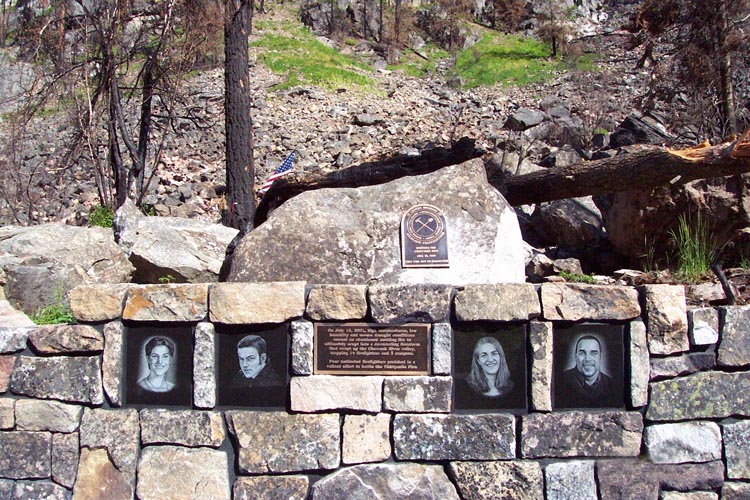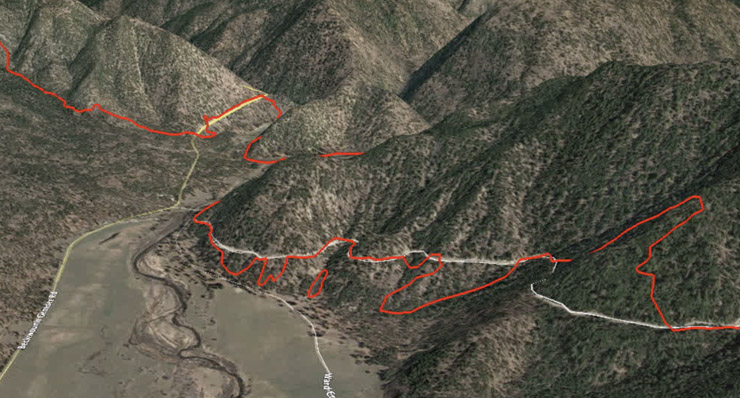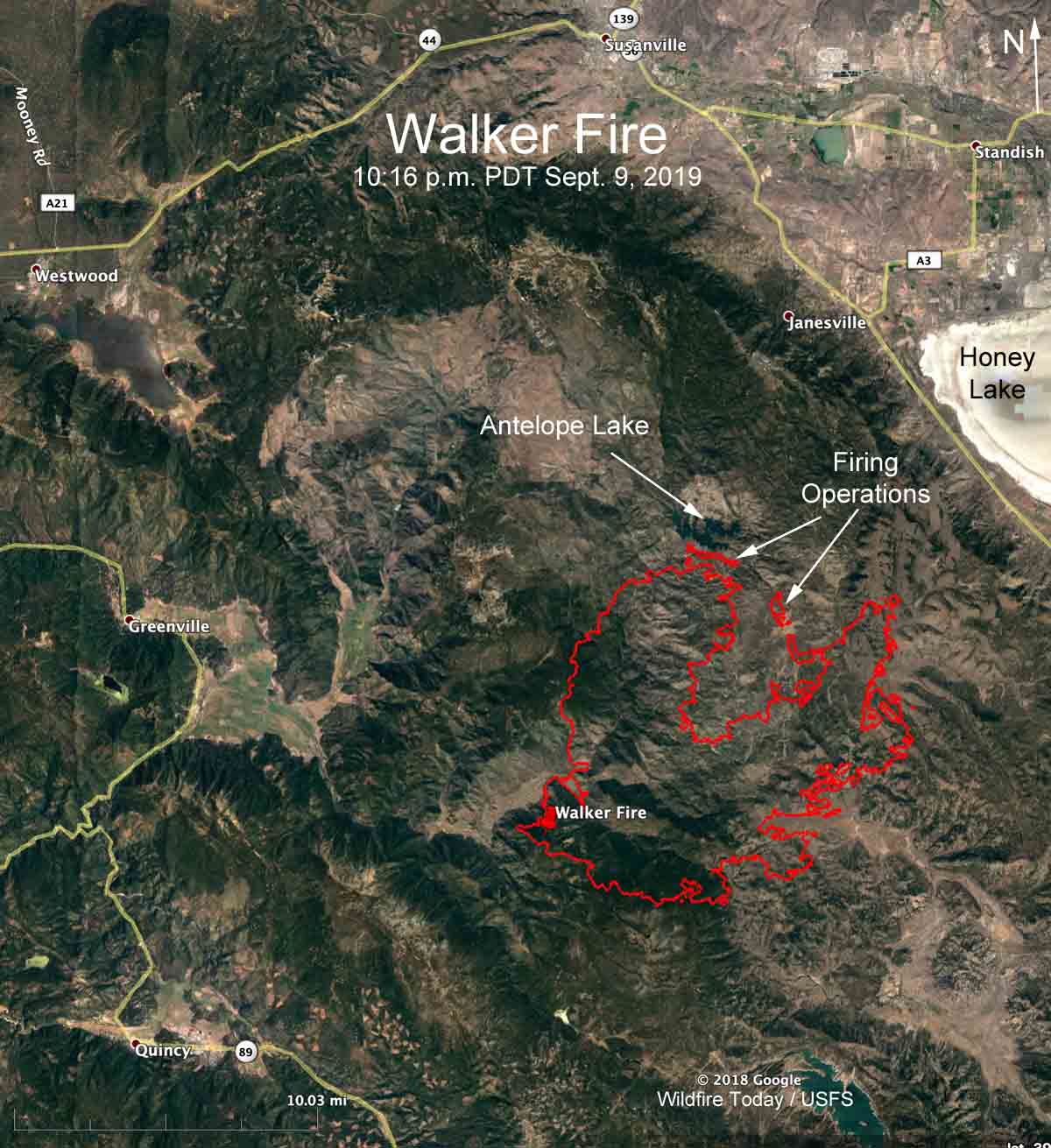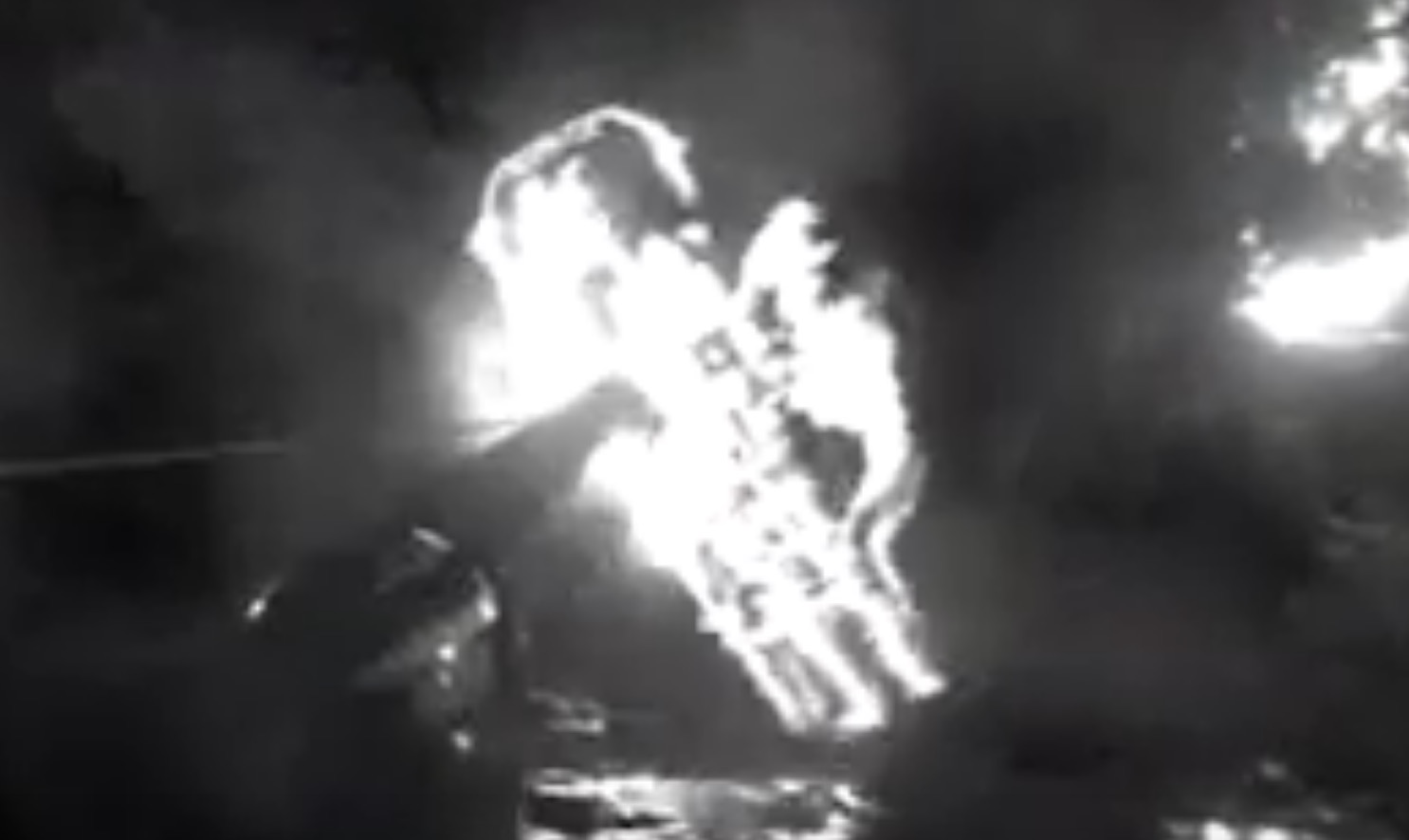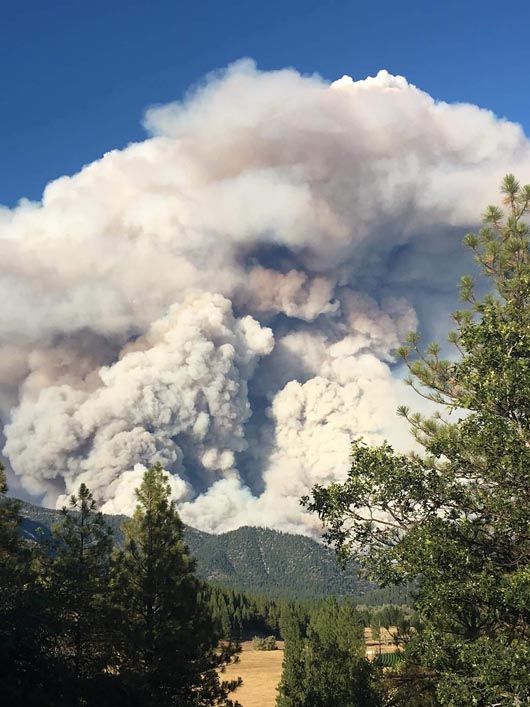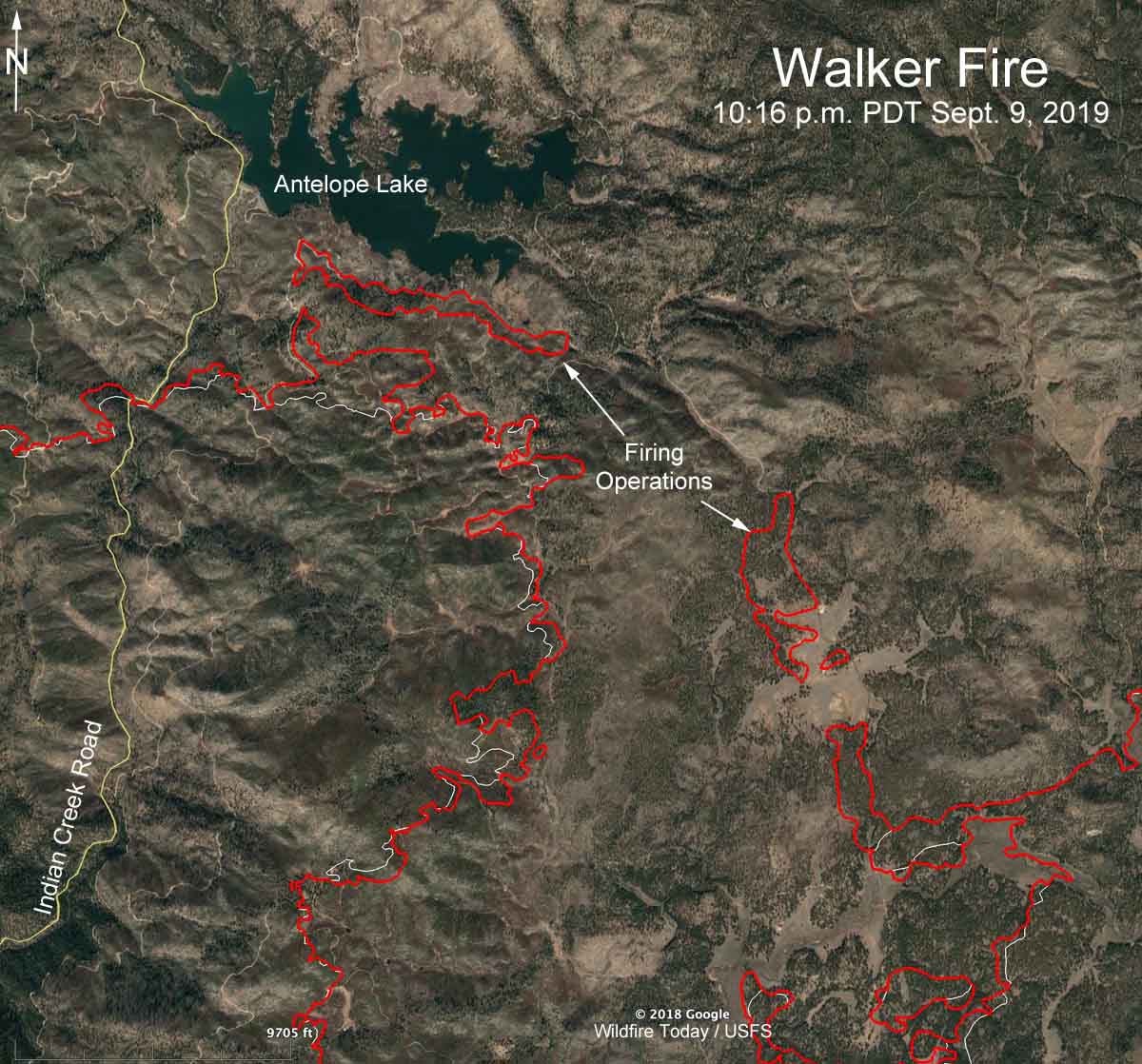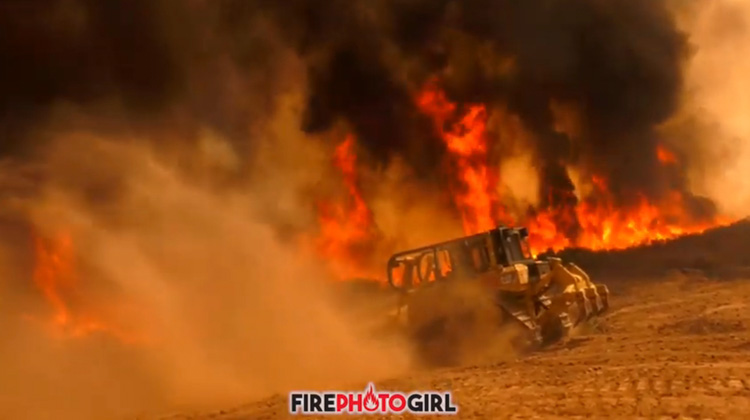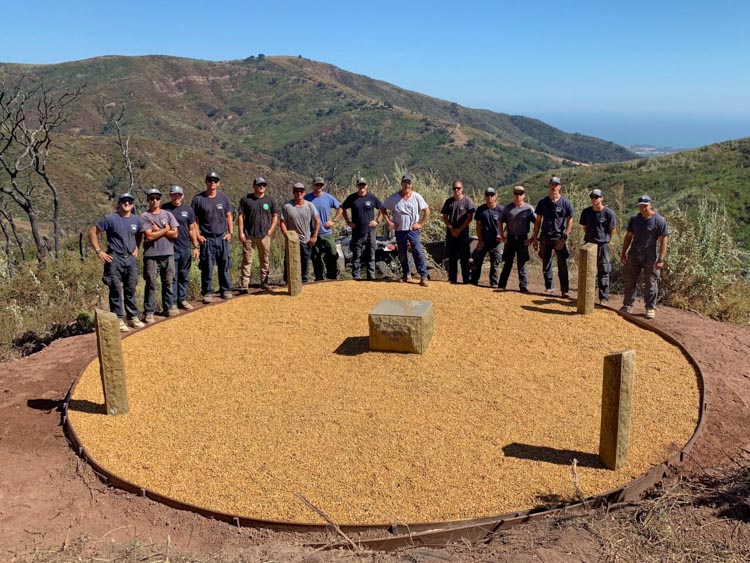
This article by guest author Ray Ford was first published in Noozhawk, and is used here with permission.
[Noozhawk’s note: The first part of this story is taken from the author’s book, Santa Barbara Wildfires, published in 1990. The author participated in the building of the new memorial site.]
On Oct. 6, 1971, Pat Russ was driving to San Jose to visit his estranged wife when the urge to start another fire overwhelmed him.
Near Goleta he turned off Highway 101 and began driving along Cathedral Oaks, Foothill and other back roads looking for just the right spot — one that was isolated enough, with thick brush and a steep enough slope for the flames to take off.
He found the spot at about 3:30 p.m. near Bella Vista Drive between Romero Canyon and Ladera Lane in Montecito. Patrols had driven by at 9 and 10:30 a.m. and again at 2 p.m., just 90 minutes earlier.
But there was no one there to see Russ at that moment.
Turning around, carefully looking around to make sure that no one was watching, he lit the fuse on a small homemade firebomb, tossed it out the window and drove off slowly so as not to attract any attention.
He then continued on his long drive north, unaware of what he had left behind.
The fire was discovered at 3:57 p.m. by a neighbor who reported it immediately to the Carpinteria-Summerland Fire Department.
Fire Blows Up
Within five minutes after the report of the fire, the smoke column had risen to 1,500 feet. Photos taken about that time indicated that the Romero Fire had already blackened 30-40 acres. During the initial attack period, lasting from 4:08 to 5 p.m., firefighting forces poured in to the area from all over the South Coast.
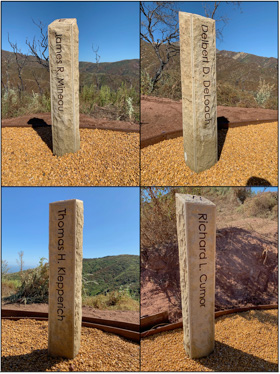
But by 6 p.m. the wildfire had already spread to the crest of East Camino Cielo, burning rapidly through the grass-covered fuel break. Thankfully, because the break was wide, and the grass was burning at a low intensity, the pumpers were able to douse the flames there.
Shortly after dark, a sundowner developed, and as in the 1964 Coyote Fire, the fire line turned and began to make a downhill run, burning on a hot, wide front that swept across Bella Vista and Ladera Lane, destroying four homes.
By daylight Thursday, the fire had burned through all of Toro Canyon, from its base at Highway 192/East Valley Road to the top of the Santa Ynez Mountains, an eastward spread of about 2 miles during the night. As of 6 a.m., 3,600 acres had burned.
Weather Forecast
The plan for Thursday was to hold the fire at the fuel break on the top and construct a line along the bottom flank to keep the fire from spreading down into Summerland and the Carpinteria foothills.
Continue reading “Romero fire memorial site rebuilt to honor 4 killed in 1971 blaze”

